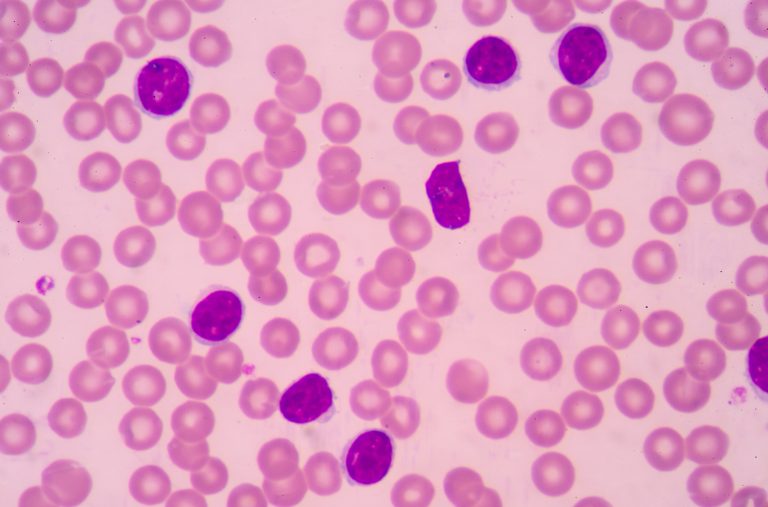
Scientists at the Wellcome Sanger Institute, Open Targets, Biogen, GSK, and their collaborators say they have found that T cells responded differently to immune signals the more “training” they had been exposed to, rather than being a simple switch from naïve to experienced. This could help guide research into finding drug targets for immune diseases such as asthma and rheumatoid arthritis, say the researchers who published their study “Single-cell transcriptomics identifies an effectorness gradient shaping the response of CD4+ T cells to cytokines” in Nature Communications.
Their work also revealed that even highly trained memory T cells are less rigidly specialized than previously thought and are able to respond to new immune signals. This has implications for immune research, and could help understand, for example, how the body responds to infections.
“Naïve CD4+ T cells coordinate the immune response by acquiring an effector phenotype in response to cytokines. However, the cytokine responses in memory T cells remain largely understudied. Here we use quantitative proteomics, bulk RNA-seq, and single-cell RNA-seq of over 40,000 human naïve and memory CD4+ T cells to show that responses to cytokines differ substantially between these cell types. Memory T cells are unable to differentiate into the Th2 phenotype and acquire a Th17-like phenotype in response to iTreg polarization,” the investigators wrote.
“Single-cell analyses show that T cells constitute a transcriptional continuum that progresses from naïve to central and effector memory T cells, forming an effectorness gradient accompanied by an increase in the expression of chemokines and cytokines. Finally, we show that T cell activation and cytokine responses are influenced by the effectorness gradient. Our results illustrate the heterogeneity of T-cell responses, furthering our understanding of inflammation.”
Problems with T cells can result in severe immune deficiencies, leaving people susceptible to infections. Alternatively, in autoimmune diseases such as rheumatoid arthritis and type 1 diabetes, the body can mistake some of its own cells as a threat and switch on an inappropriate immune response, leading to the body attacking itself.
To better understand how memory T cells form and respond during disease, researchers took blood from healthy volunteers and analyzed their T cells. They identified exactly which genes were switched on in each individual T cell, indicating what the cell was doing. They also tested these T cells with different immune molecules, called cytokines, to mimic how they might behave in the body.
The researchers discovered that instead of having a simple switch, from naïve to memory cell, there appeared to be a whole continuum of T cell development. They revealed that the more often a T cell had been activated by one signal, the further along the line of memory T cell development—its “training”—it was, and the faster it could respond to that specific signal.
Eddie Cano Gamez, PhD student in the immune genomics group at the Wellcome Sanger Institute and a first author on the paper, said: “Previously people thought that memory T cells had two stages of development, but we discovered there is a whole spectrum of memory experience. From naïve T cells that have never been activated, to highly trained memory T cells which can react quickly, and many intermediate T cells in between. This spectrum not only affects how fast a cell can respond, but even what signals it can respond to.”
The study showed the T cells also had a continuum of responsiveness to other chemical signals, revealing they were less specialized than previously thought. They found that even highly trained memory T cells could be triggered by other, new immune signals.
The researchers discovered that some signals created very different responses in memory cells, depending on their experience level. When a specific chemical signal (transforming growth factor; TGF) was added to naïve T cells, they responded by producing regulatory T cells to calm down the immune system. However, the same chemical had the opposite effect on experienced memory cells, triggering them to release more chemicals that cause inflammation.
Gosia Trynka, PhD, senior author and group leader at the Wellcome Sanger Institute and experimental science director at Open Targets, said: “We were surprised to see how flexible and complex the memory T cells’ response could be. Understanding this varied T cell response could help us understand our response to infections such as viruses, and also give clues to what is going wrong in immune diseases such as asthma and type 1 diabetes. By understanding the pathways involved in normal immune response, we aim to find better drug targets for developing new medicines.”













